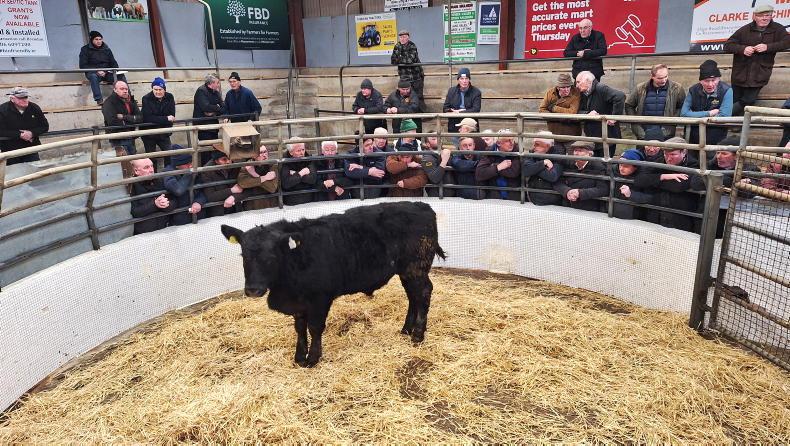Live exports of cattle have maintained their strong start to the year, with the latest figures available from the Department of Agriculture, Food and the Marine showing export volumes running 31% higher for the first seven week of 2025. The total number of cattle exported in this period is 26,580 head, which represents an increase of 6,215 head.
Spain is the top-performing market, with exports more than doubling from 3,987 in 2024, to 9,583 in 2025. Exports to Northern Ireland have recorded the next highest jump on a numerical basis, increasing by 1,588 to 6,297 head. A continued tightness in cattle supplies in Northern Ireland and a wide differential in beef price is driving demand.
Tight supplies of cattle across many continental EU markets and ongoing trade disruption linked to the bluetongue virus is increasing Italy’s appetite for Irish cattle. So-far in 2025 3,601 cattle have been exported live to Italy, an increase of 1,254 head on the corresponding period in 2024.
Fewer exports
As detailed in Table 1, there are also significant reductions recorded to a number of markets. Exports to Israel continue to be effected by the Israel-Hamas war. Cattle exports to Poland have also reduced by 1,398 head, to just 274 head in 2025.
This is partly linked to the excellent demand from the Spanish market, with exporters focusing on this market. While exports to Britain reduced by 65% and to Romania by 84%.
Calf prospects
Table 2 details a breakdown in live exports by category of stock. Live exports of weanlings are vibrant, with 3,749 head, or 79%, more weanlings exported. Sales of adult cattle are also flying high, with 2,901 extra cattle exported.
Calf exports on the other hand are running 9% lower year-on-year. Reports indicate that numbers in some areas are slower to build, with birth registrations trending between 8,000 head and 10,000 head lower. The vibrant trade for cattle is also increasing demand from domestic buyers, particularly for early-born calves, and this is resulting in fewer early season exports.
The number of cattle exported live in the coming days is likely to be curtailed by weather, with a number of sailings provisionally canceled due to adverse weather forecasts.







 This is a subscriber-only article
This is a subscriber-only article










SHARING OPTIONS: